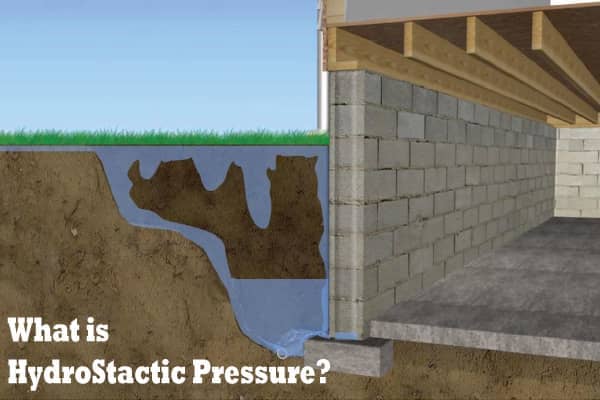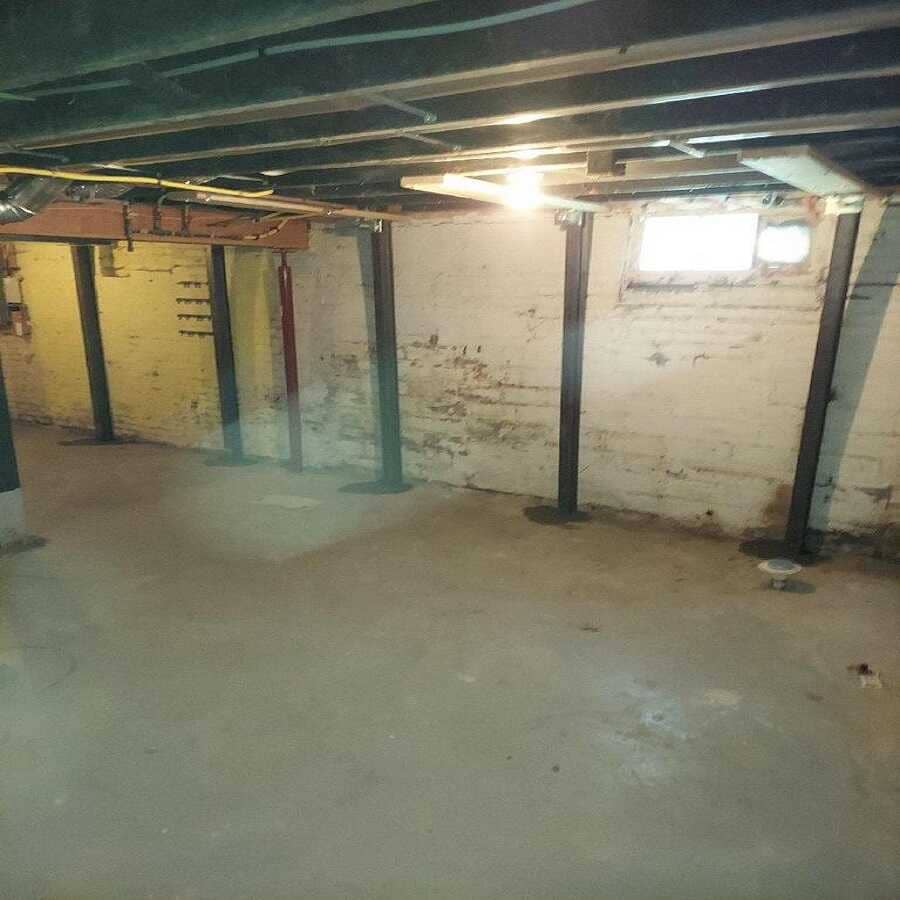An Unbiased View of Best Basement Waterproofing
Best Basement Waterproofing Things To Know Before You Get This
Table of ContentsGetting My Best Basement Waterproofing To WorkAll about Best Basement WaterproofingRumored Buzz on Best Basement WaterproofingNot known Facts About Best Basement WaterproofingIndicators on Best Basement Waterproofing You Need To Know
What triggers water damages concerns in your cellar? Right here are a few things to look for: when the structure of your home is compromised, water is really excellent at sneaking in between small cracks and holes and triggering damage. Pipelines that line the within your walls are just one instance of where water damage can take place.The soil and ground of your home is really important. If there is also much water surrounding your home, however, it can press the soil into your home and create the seals of your cellar to come to be compromised. Best Basement Waterproofing. when you see excess water in position where it must not be, that is an excellent indicator that you have an issue
Concrete waterproofing coatings are cement-like; when completely dry, they stick permanently to concrete and stonework wall surfaces. You use the layer with a heavy brush made with bristles swirled during application for an attractive, finished look. Nonetheless, concrete waterproof layers can not be used to previously painted surfaces Silicate-based concrete sealants, likewise recognized as densifiers, are likewise ideal just for wall surfaces that have not been repainted or sealed.
Plastic sheets and panels might be integrated with interior basement drain systems. They do not stop water from obtaining with the wall surface, however they do stop it from messing up points in the cellar.
Everything about Best Basement Waterproofing
A sump pump is required to relocate water out of your cellar. In order to effectively recommend an option for your wet cellar, call American Eagle for a no-obligation browse through. Our specialists will certainly be able to clarify which solutions are choices for your home. Why should you waterproof your cellar? Below are a few things the experts can install to help the waterproofing procedure: this is made for the walls of your cellar (Best Basement Waterproofing).

Basement waterproofing is a fantastic means to get ahead of prospective water damage that may come your means.
Fascination About Best Basement Waterproofing
When it pertains to protecting your home, one of the most vital actions you can take is cellar waterproofing. A completely dry cellar not only guarantees a secure and healthy and balanced setting for you and your household, yet it likewise aids to stop costly water damages and mold and mildew development. In this article, we will go over the importance of cellar waterproofing, the advantages it offers, and how you can set about protecting your space.
By purchasing basement waterproofing now, you can aid to guarantee that your home maintains its value and appearance with time. An additional advantage of cellar waterproofing is that it can aid to decrease your power expenses. A damp cellar can add to greater levels of humidity in your house, which can make your a/c system work more difficult to preserve a comfy temperature.
When it pertains to cellar waterproofing, there are several methods that can be utilized to keep water out of your space. These consist of indoor sealants, exterior waterproofing membrane layers, and drain systems. The most effective approach navigate to these guys for your cellar will certainly depend upon variables such as the degree of water intrusion, the problem of your structure, and your budget plan.
To conclude, basement waterproofing is a vital action in shielding your home from water damage, mold and mildew growth, and other concerns. By spending in basement waterproofing, you can guarantee that your room remains dry, risk-free, and healthy for you and your family. Not just does cellar waterproofing provide tranquility of mind and protection for your home, yet it can also enhance its worth and save you money on power costs over time.
About Best Basement Waterproofing
Inside sealants are a type of cellar waterproofing approach that entails using a sealer to the within the basement walls and floors. Water can leak into a basement through fractures, spaces, or porous concrete, especially in locations where there is high groundwater or bad drainage. This can lead to water damage and mildew growth, in addition to damage to the foundation and architectural integrity of the building.
The sealer creates a barrier that stops water from leaking via the concrete. However, this method is just efficient for small water damage and does not attend to the underlying reasons of the wetness. The main source of the need for exterior cellar waterproofing is water infiltration from the outside of the structure walls.
It is a reliable service for stopping water damages and maintaining the architectural stability of the building. It can be expensive and disruptive to mount, as it requires excavation around the foundation and might include landscape design and various other repair services once the waterproofing is complete. This method is the most reputable and long-lasting service for stopping water infiltration in the cellar.
The Only Guide to Best Basement Waterproofing
